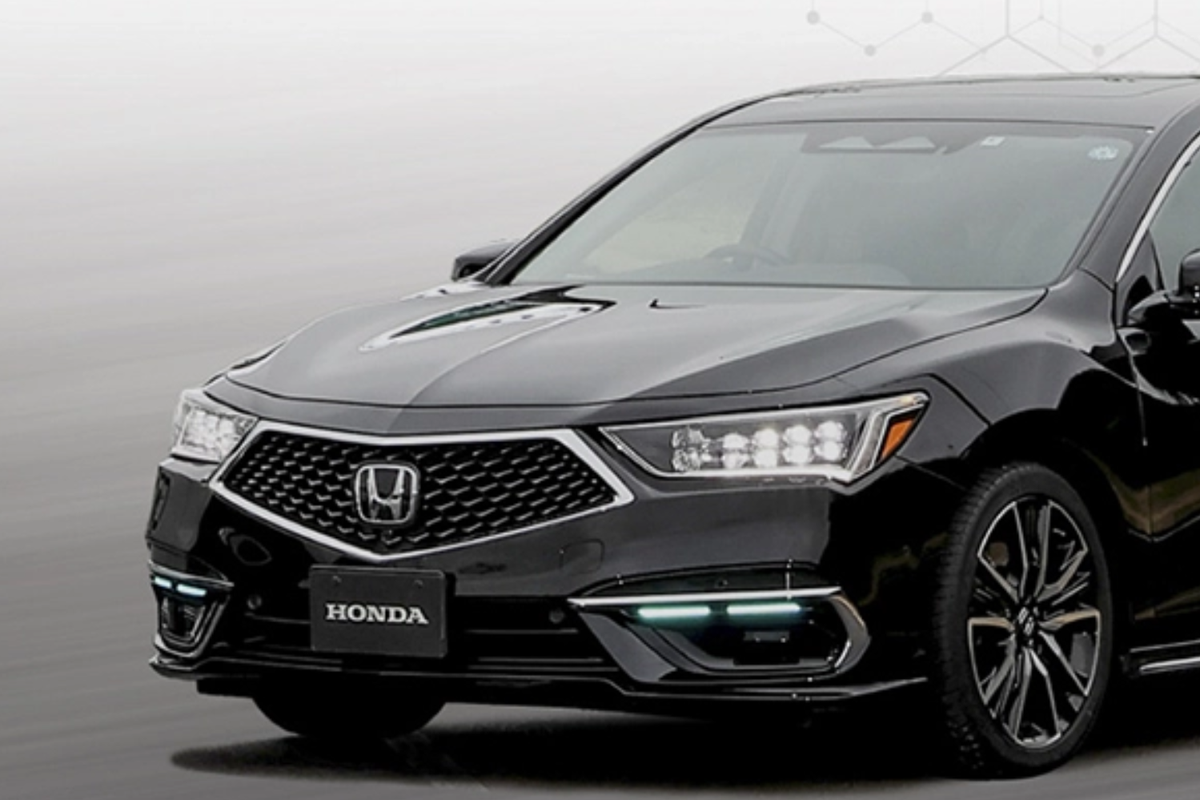Honda Motor Company, Ltd. (HMC) has set an ambitious global annual sales target of 4 million units for electric motorcycles by 2030. This is an increase of 500,000 units from its previous outlook of 3.5 million units. The Japanese auto giant plans to invest 500 billion yen (~$3.4 billion) by 2030 and introduce 30 electric models globally.
Honda’s commitment to electric motorcycles comes as part of its larger strategy to transition to sustainable mobility solutions. The company aims to reduce its carbon footprint and contribute to a greener future. By investing in electric motorcycles, Honda is aligning itself with the global shift towards electric vehicles and reducing dependence on fossil fuels.
In October, Honda announced that its global automobile output totaled 405,276 units, representing a 22.8% increase from the same month last year. This growth demonstrates Honda’s strong performance in the automotive sector and its ability to adapt to changing market demands.
To achieve its sales target, Honda will begin operating dedicated electric motorcycle production plants globally starting around 2027. The company also plans to accelerate cost reduction initiatives and reduce the current cost of electric motorcycles by 50%. This will make electric motorcycles more affordable and accessible to a larger consumer base.
Honda’s investment in electric motorcycles extends beyond just production. The company also aims to enhance the overall customer experience by establishing “Experience Centers” in major cities where customers can try out and learn about Honda’s electric motorcycles. This strategy aims to showcase the value Honda offers through its electric vehicles and attract more customers to the brand.
In terms of battery technology, Honda is exploring various options to meet different customer needs. Currently, the company uses ternary lithium-ion batteries in its electric models. However, Honda is also developing lithium ferro-phosphate (LFP) batteries and plans to adopt them by 2025. This diversification in battery options will allow Honda to cater to a wider range of use applications and expand its product variations.
Looking ahead, Honda has even more ambitious goals for its electric motorcycle business. The company aims to achieve an operating profit margin of more than 5% for the electric motorcycle business and more than 10% for the entire motorcycle business by 2030. Beyond 2031, Honda aims to achieve an operating profit margin of more than 10% specifically for the electric motorcycle business, while also increasing the total profit amount.
Honda’s commitment to electric motorcycles is a significant step towards a more sustainable future for the automotive industry. As the demand for electric vehicles continues to rise, Honda is positioning itself as a leader in the market. With its investment in production, battery technology, and customer experience, Honda is well-positioned to capitalize on the growing demand for electric motorcycles and contribute to a greener and cleaner environment.
Disclaimer: The information provided here is for informational purposes only. It should not be considered legal or financial advice.





